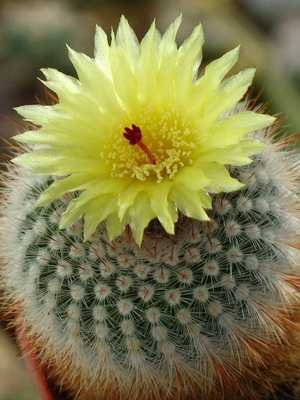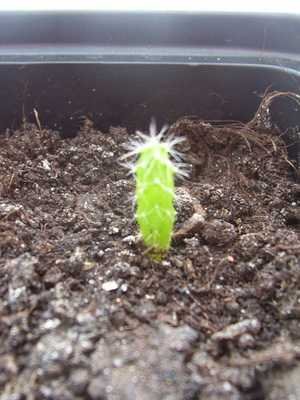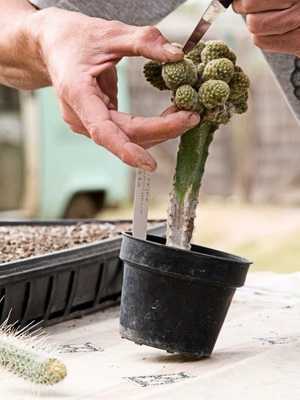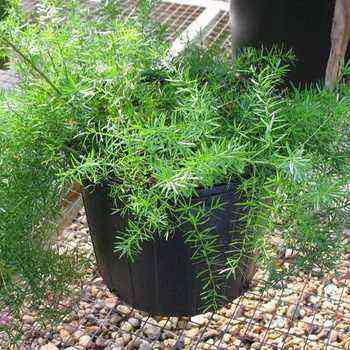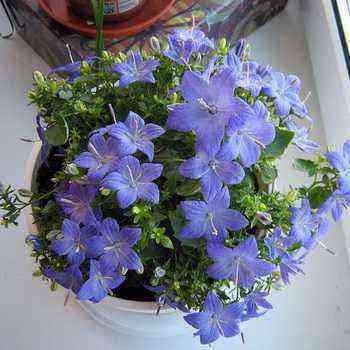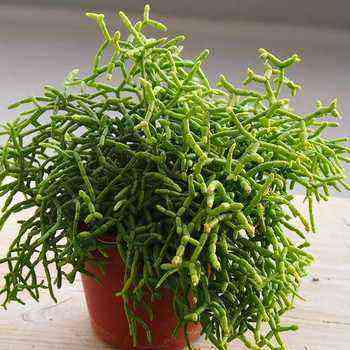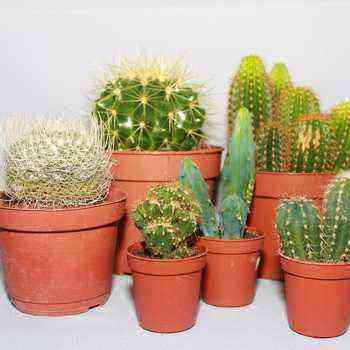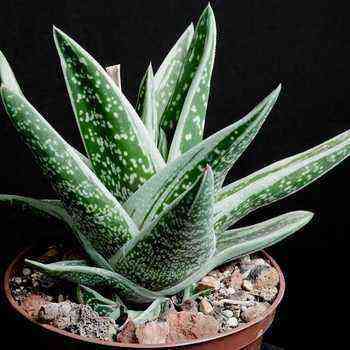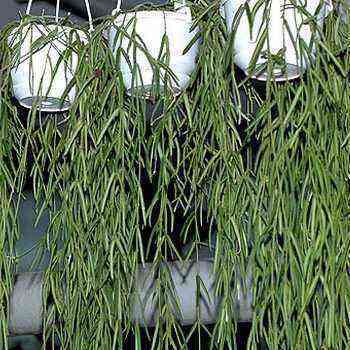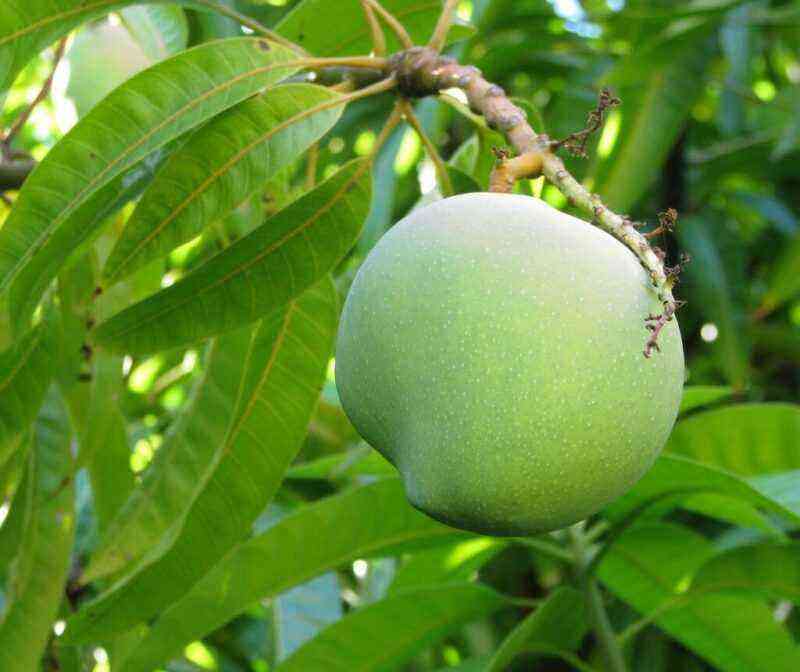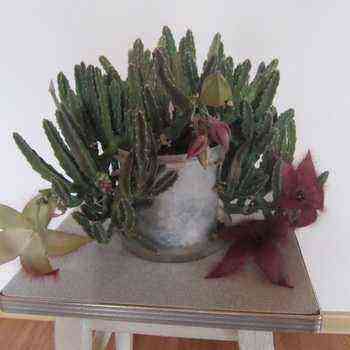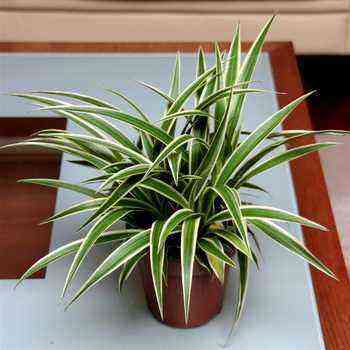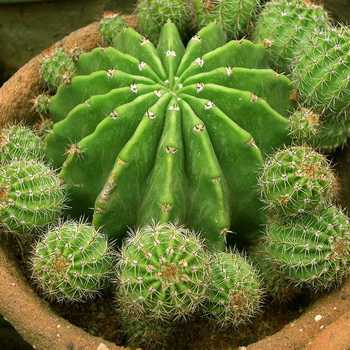
Propagation of home cacti by seeds
Enthusiastic cactus growers call the blooming cactus collections a beautiful sight. Perhaps this is some exaggeration, but the sight of blooming cacti can amaze even the most indifferent person to them.
Meanwhile, cactus flowers are not only evidence of the successful work of a cactusist and not only decoration of the collection. This is a necessary condition for the reproduction of cacti at home, although many plants (and most other succulents) can reproduce well vegetatively, seeds are needed to obtain full-fledged specimens of most species.
Cactus flowers are usually bisexual. Representatives of some species can set seeds without cross-pollination. In some species, seeds can be obtained by transferring pollen from the stamens to the pistil of the same flower. But this method of obtaining seeds is undesirable – like closely related crossing in animals, it leads to a weakening of genetic qualities and degeneration. The same applies to the cross-pollination of flowers of closely related plants (from seeds from one parent specimen).
The optimum is the cross-pollination of unrelated specimens originating from the same natural population. In culture, such an opportunity is rare, which leads to a decrease in the quality of cultivated plants.
In general, seed production is a special and professional business, therefore it is better to use seeds provided by reliable companies.
If you still want to reproduce cacti with seeds obtained with your own hands, keep in mind that for successful cross-pollination you need the flowers to be fully developed and fully open. Before propagating a cactus in this way, remember that the anthers should be mature (pollen should be easily separated from them), and the lobes of the stigma of the pistil should be parted and slightly moist. The pollen is transferred with a soft brush or swab from the stamens to the stigma of the pistil. And if conditions permit, you can simply bring one flower to another.
The seeds are harvested after the fruits are fully ripe, carefully separated from the pulp residues and stored in a cool dry place.
Growing cacti from seeds, used for most species, is a serious and time-consuming job that requires certain skills and special equipment. Therefore, even reputable collectors often prefer to purchase not seeds, but grown seedlings.
These photos show the propagation of cacti by seeds:
Vegetative propagation: how to propagate cacti with babies and cuttings
Vegetative propagation of cacti – by cuttings or layering – is easier to accomplish. Some species have evolutionary adaptations for such reproduction – lateral shoots that are easily separated from the mother plant – children, often equipped with tenacious spines. In nature, thorny babies, like the fruits of a burdock, are carried by animals (in general, vegetative reproduction in cacti is quite widespread in nature). Usually, the junction of the baby with the maternal stem is very narrow and already at an early age is supplied with rudimentary roots. When children reproduce cacti, rooting is not a problem – just put the baby on any wet substrate, and the root system quickly develops. The plant grown from the baby is practically no different from the mother. But before you propagate a cactus with children, keep in mind that this method, used for a long time, leads to a decrease in the quality of plants and at least periodic renewal from seeds it is necessary to maintain the normal state of the species in culture.
The situation is more complicated with the vegetative propagation of cacti that do not give children. Fast-growing species (epiphytic, cereus, opuntia) are propagated by cuttings – pieces of the stem. Before propagating the cactus by cuttings, choose a healthy, ripe, but not old (not lignified) shoot or section of the stem and cut it off with a sharp disinfected tool. The cut on the parent plant is best done in the narrowest place (for segmented plants – between the segments) and on the cuttings it is better to leave the cut in the narrowest place, but for cereus and epiphyllums it is recommended to make a new cut at a wider place. Places of cuts on the plant and cuttings are dried (in the sun, in a dry atmosphere, sprinkling with disinfectants and preparations stimulating the formation of roots). Cuttings are kept dry, not in the open sun, in an upright position with the cut down. After the cut site has dried (no earlier than three days), rooting can begin. In general, cuttings last a long time – several months. Cuttings of some species, for example, epiphytic cacti, root well even in a thin layer of water, others form roots simply in the air – placed in an empty glass or pot. But usually, for the propagation of cacti, cuttings are rooted in a moist, preferably disinfected substrate (sand, mineral chips, peat, sphagnum or ordinary earthen mixture). After the development of the root system, the plants are planted as in a conventional transplant.
For vegetative propagation, sometimes children and shoots for cuttings are grown artificially, cutting off or damaging the top of the stem. But the plants obtained in this way are always of lower quality than those grown from seeds.
Plants that have lost their roots or the lower part of the stem are also rooted; tops of old or disfigured plants. This is a very difficult and ungrateful matter: due to the extensive plane of the cut, the plant is difficult to protect from decay, but even with successful rooting, its normal form, especially in the place where the root passes into the stem, is often not restored. In addition, such plants, despite their external attractiveness, are characterized by reduced viability.
Some species produce many basal offspring and underground stolon shoots, on which new plants are formed. In an overgrown dense bush or curtain, it is easy to find plants that are already independent, rooted and have lost their connection with the mother stem. They can be easily separated (especially when transplanting) and immediately dropped into a separate bowl.
Watch a video of cactus breeding in various ways at home:
Vaccination at home: how to graft cacti (with photo)
Grafting cacti is, on the one hand, a way of vegetative reproduction, on the other hand, a way of keeping them. In the second case, the grafting has a number of indisputable advantages: it allows you to quickly get large flowering cacti, it makes it possible to keep difficult ones in their own rooted culture (that is, growing on their own roots) without any particular difficulties, the plants helps to save seriously damaged specimens; retains anomalous forms unstable in its own root culture. However, apart from the last one, all these advantages are good only for a short time.
As you can see in the photo, grafted cacti are very beautiful:
But, as a rule, such plants are relatively short-lived; in an adult state, grafts often require more complex measures to preserve them than self-rooted plants; decorativeness and collection value of grafts is lower than that of own-rooted plants; many vaccinated species, in principle, cannot reach their normal state.
The technique of grafting cacti at home is no less difficult than sowing, and also requires certain skills and equipment. In ordinary floriculture, the need for its development, as a rule, does not arise.
However, creating an outlandish grafted plant can be simply interesting, in addition, it may be necessary to rescue the injured plant. Therefore, at least a general idea of vaccination is needed for everyone who is interested in cacti.
There are many techniques and methods of grafting cacti, including very complex and witty ones. Their description alone can take a whole book. But the principle of grafting is the same: connect the scion and rootstock as tightly as possible at the place where their bundles of conductive tissues pass. Indispensable conditions that must be met in the process of grafting a cactus at home: cleanliness and sterility, combining conductive bundles, the presence of some pressure of the scion on the stock, stimulating the growth of the stock before and after grafting, maintaining a moist sterile environment around the grafting site until the places are tightened slice.
The simplest vaccination is done like this: cut off the top of the stock and the lower part of the scion, connect the scion to the stock in such a way that their conducting bundles coincide at least partially, press the scion with a thread, rubber band or weight and cover the grafting with a cap (glass, plastic) or place in a closed container.
Watch the video on how to plant cacti to better understand how this agronomic technique is performed:

